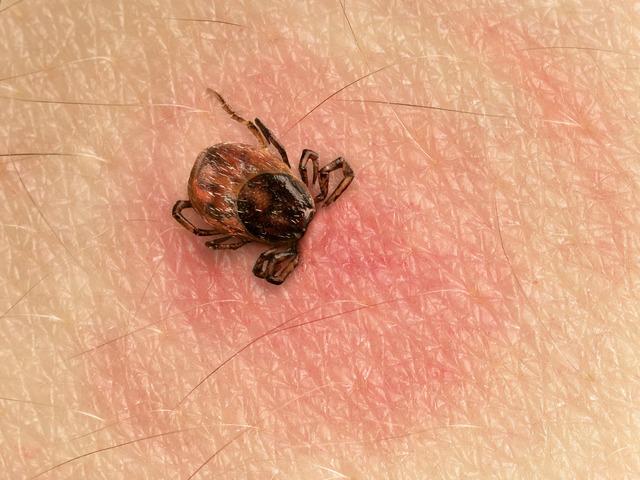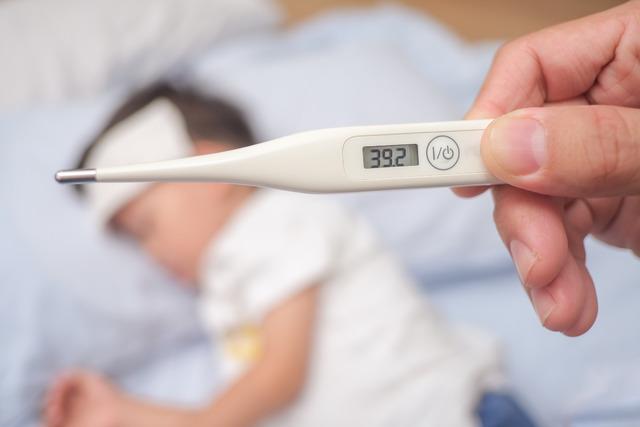Experts made important statements about the new deadly virus spreading to Europe. It is speculated that the virus may soon hit the UK. An emergency health alert has been issued for what has been described as “the greatest current threat to public health” due to new cases of Crimean-Congo hemorrhagic fever.
DEATH RATE IS BETWEEN 10 AND 40 PERCENT
In the new Crimean-Congo Hemorrhagic Fever disease, which is known to be spread by ticks, the World Health Organization announced the mortality rate between 10 and 40 percent.
While deaths from Crimean-Congo Hemorrhagic Fever usually occur in the second week of illness, recovery in patients who recover usually begins on the ninth or tenth day after the onset of the illness.

THE DISEASE IS ON THE WHO’S NINE ‘PRIORITY DISEASES’ LIST!
Experts warned that the disease could spread beyond its usual range, as it is often seen in Africa, the Balkans, the Middle East and Asia.
There were warnings that it could move towards countries such as England, Spain and France, especially due to climate change.
James Wood, head of veterinary medicine at the University of Cambridge, said the new Crimean-Congo Hemorrhagic Fever may have made its way to the UK “at some point through our ticks”.
The WHO noted that the disease is among nine “priority diseases”, a system that poses the greatest public health risks.
Allegedly, people who met with the Science, Innovation and Technology Committee of the Parliament in Spain stated that cases will “likely” be seen in the United Kingdom soon.

DEFINED AS “THE BIGGEST THREAT TO PUBLIC HEALTH”
New cases of Crimean-Congo haemorrhagic fever have been described as “the greatest current threat to public health”. And an emergency health warning was issued.

ATTENTION TO THESE SYMPTOMS!
Experts announced that the new Crimean-Congo Hemorrhagic Fever disease caused by the virus named ‘Nairovirus’ is spread by ticks.
The World Health Organization has listed the symptoms of Crimean-Congo Hemorrhagic Fever: “fever, muscle pain, dizziness, neck pain and stiffness, back pain, headache, eye pain, and sensitivity to light.”
On the other hand, experts explained that there may be nausea, vomiting, diarrhea, abdominal pain and sore throat in the early stages of the disease.
He then warned of sudden mood swings and confusion.
Two to four days later, agitation was replaced by drowsiness, depression, and exhaustion, with warnings that stomachache could also be present in the new virus.
Experts said that the virus also has important effects on liver growth.
Other clinical manifestations include tachycardia (rapid heartbeat), lymphadenopathy (enlarged lymph nodes), and a petechial rash on the skin (a rash caused by bleeding into the skin) and on internal mucosal surfaces such as the mouth and throat.

“AFTER THE 5TH DAY OF DISEASE…”
Experts warn that severely ill patients may experience rapid kidney deterioration, sudden liver failure or lung failure after the fifth day of illness.
While it was reported that Iraq was in a great struggle with the disease last year, it was announced that there were 212 cases recorded between January 1 and May 22. Of these, 169 were reported to occur only between April and May.
